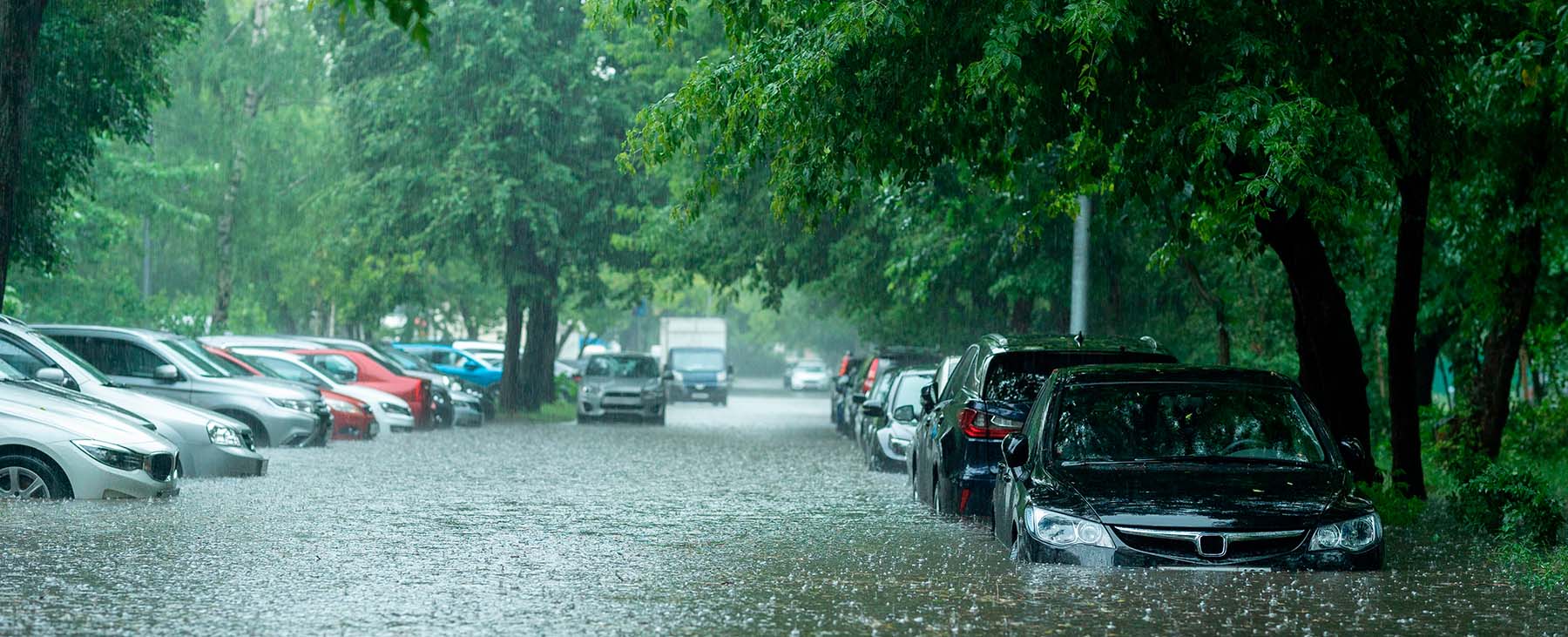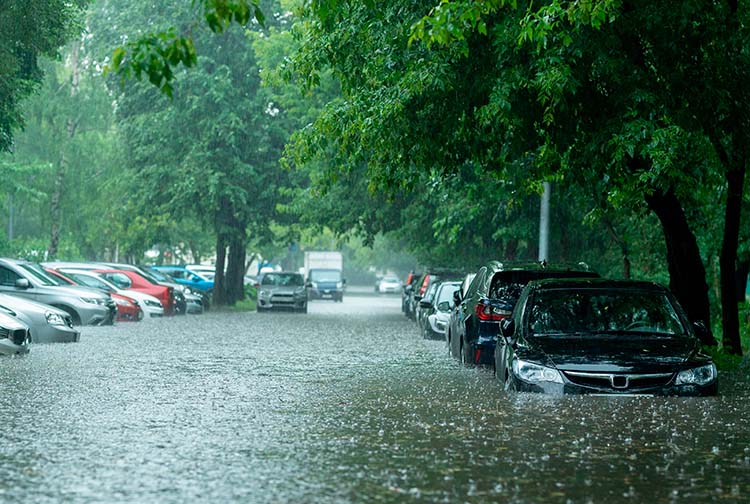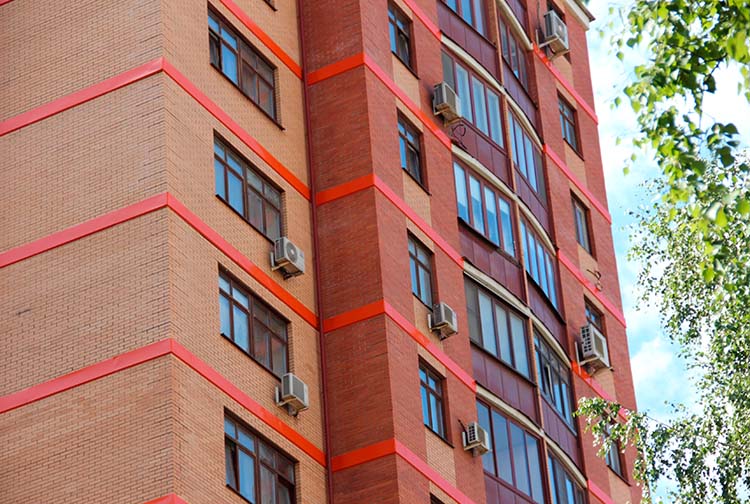

Does insurance cover natural disasters?
With climate change, natural disasters are becoming more frequent. And it is not always your insurance that is responsible for compensating you when any of your insured property suffers damage.
Climate change is causing increasingly extreme weather events. Long periods of drought and record high temperatures sometimes give way to heavy rain or hailstorms. One example is the hailstorm that hit regions such as Baix Empordà, Gironès and Pla de l’Estany at the end of August. The hailstones, some of which more than ten centimetres in diameter, even caused the death of a 20-month-old girl.
Beyond the impossibility of compensating for such personal misfortunes, insurance policies may cover some material damage linked to natural disasters, but they do not necessarily cover all of it. Moreover, the characteristics of the incident will determine whether we have to be compensated directly by our company or by the Insurance Compensation Consortium. This entity covers extraordinary risks in the event of certain natural catastrophes. However, only and exclusively in the event that the affected property is insured.
Damage to vehicles and homes caused by hail or hailstone, very typical at the end of summer, is not covered by this “extraordinary risk” coverage. Therefore, it is our own company that should compensate us according to the coverage contracted. If our car insurance includes windows, we can claim for windows damaged by hail. But dents in the sheet metal will only be compensated if we have comprehensive insurance.
As for damage to crop fields and livestock or livestock farms, these are not covered by the Consortium either. There is a state system to cover them, the Agroseguro, which gives the right to economic compensation if we have insured any of these areas against a specific meteorological phenomenon and are damaged by it.
What does the Insurance Compensation Consortium cover?
This entity is responsible, among others, for damages to our insured goods caused by extraordinary floods, earthquakes, tidal waves, volcanic eruptions, atypical cyclonic storms and the fall of sidereal bodies or aerolites.
Of the above natural catastrophes, floods cause the most damage in Catalonia. And, for the purposes of coverage, they are considered as “the flooding of land caused by rain or thawing; by water from lakes with a natural outlet, from estuaries or rivers, or from natural watercourses on the surface when they overflow their normal channels”, according to the Consortium itself. It also includes the impact of the sea on the coast, even if there is no flooding.
It should be taken into account that this concept of flooding does not include rain falling directly on the insured risk, or that collected by its roof or rooftop, its drainage network or its patios, nor flooding caused by the bursting of dams, canals, sewers, collectors and other artificial underground channels unless the bursting has occurred as a direct consequence of the extraordinary event covered by the Consortium.
In the case of an atypical cyclonic storm, tornadoes and extraordinary winds, characterised by gusts of more than 120 Km/h, are included, among others.
The insured person is fully entitled to compensation, even if the public authorities do not issue an official declaration of “catastrophe” or “catastrophe zone”. However, in order for this body to cover damage caused by earthquakes, tidal waves, volcanic eruptions and falling sidereal bodies or aerolites, it must be certified by the National Geographic Institute or the competent public body in the matter.
When does the Consortium not cover the damage?
According to the Regulation of the Insurance of Extraordinary Risks, we will not be entitled to compensation from the Insurance Compensation Consortium despite having insured the damaged property in some circumstances.
One of the cases is when the insurance contracted is for the transport of goods, construction and assembly, civil liability, health, legal defence or travel assistance. The same exclusion applies to policies covering agricultural production that can be insured through the Combined Agrarian Insurance system.
As for the type of damage, for example, those caused by alterations in the supply of any kind of energy are not covered. Neither is the loss of profits as a consequence of damage suffered by other goods or by other natural or legal persons other than the insured person covered.
How the Consortium is financed
The Insurance Compensation Consortium, which depends on the Ministry of Economic Affairs and Digital Transformation, is financed by a percentage of each vehicle and home insurance policy that is taken out.
It is important to bear in mind that this type of compensation has nothing to do with the aid that may be offered by public administrations in the event of declaring a specific area of the territory a “catastrophic zone” due to some extreme meteorological effect.
If you want to discover fair insurance for your home and for society, check 11Onze Segurs.
If you liked this article, we recommend you read:
Leave a Reply
You must be logged in to post a comment.





Gràcies
Gracies a tu, Joan, per ser-hi i per seguir-nos!!!
Gràcies per explicar-nos les cobertures i qui cobreix eel què.
Gràcies a tu Manuel per ser-hi!😏
Moltes mercès. Ara ja sabem quiescent cobertures hi han en cas de catastrofè👌
A La Plaça intentem comunicar, informar i aprendre de qualsevol tema que ens ajudi a avançar endavant! Gràcies a tu Jordi pels teus comentaris! 😉